What Hi-Fi? Verdict
The EH-TW6250 works hard to deliver a convincing 4K HDR experience – but this HDR focus comes with too many strings attached
Pros
- +
Bright enough for ambient light
- +
Does some elements of HDR well
- +
Easy to set up
Cons
- -
Limited connections
- -
Sub-par black levels
- -
Limited gaming features
Why you can trust What Hi-Fi?
Epson has a well-deserved reputation for being pretty much the undisputed king of LCD projection for the home. Our annual Awards over the years are littered with Epson projector winners, selected for their consistently clean, sharp, cinematic picture quality across a wide range of price points.
With such a pedigree behind it, we have high hopes for the brand’s latest 3LCD model, the EH-TW6250. Especially as for just £1150 / AU$2099 (around $1430) it seems hell-bent on dragging relatively affordable projection kicking and screaming into the 21st century with a combination of built-in Android TV smarts, simple setup and a big focus on everyone’s favourite video feature du jour, high dynamic range.
Price
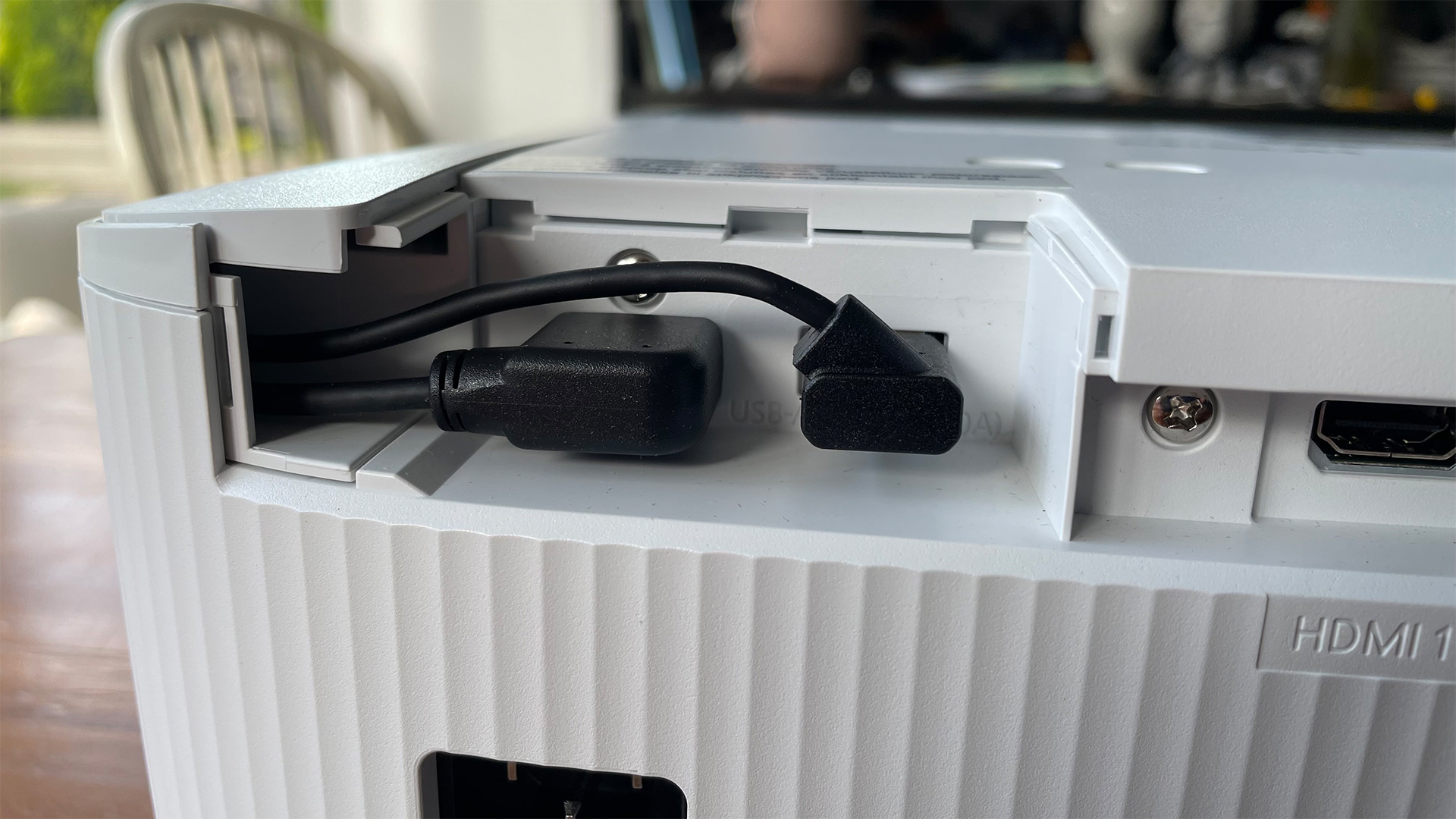
At £1150 / AU$2099, the TW6250 sits at the more affordable end of the 4K HDR projector market – and at the lower end of Epson’s own range. This signifies its position as a relatively casual home entertainment proposition versus the more specifically home cinema options you get into from Epson’s TW7100 upwards. It’s also significantly cheaper than Epson’s range of ultra short throw (UST) laser projectors, which starts with the £2500 / $2000 / AU$4000 LS300B.
While pretty cheap by the standards of 4K HDR projectors, you can get full HD resolution (often DLP) models, some with and some without HDR support, for quite a bit less. A point we’ll return to later.
The TW6250 is joined in Epson’s range by the TW6150, which costs only slightly less and is essentially the same as the TW6250 except that it doesn’t come with integrated Android TV support.
Design

The TW6250 sports an attractive matte white finish, soothingly rounded corners and edges, and a footprint small enough to fit comfortably on a typical coffee or even side table.
The top edge looks a bit untidy thanks to the presence of cut-out sections providing access to zoom, focus and image shift controls, and a sliding optical keystone adjustment, plus rather randomly placed power and input buttons. Untidy in this instance, though, doesn’t equate to ugly.
The latest hi-fi, home cinema and tech news, reviews, buying advice and deals, direct to your inbox.
The TW6250’s bodywork is pretty much all plastic, of course, but it still feels reassuringly well-built. The TW6250 ships with two remote controls, effectively, as you get one with Epson’s Android TV dongle as well as one with the projector. You only really need to use the main projector remote, though. Unfortunately, both handsets are small, lightweight, plasticky and devoid of any backlighting.
Features
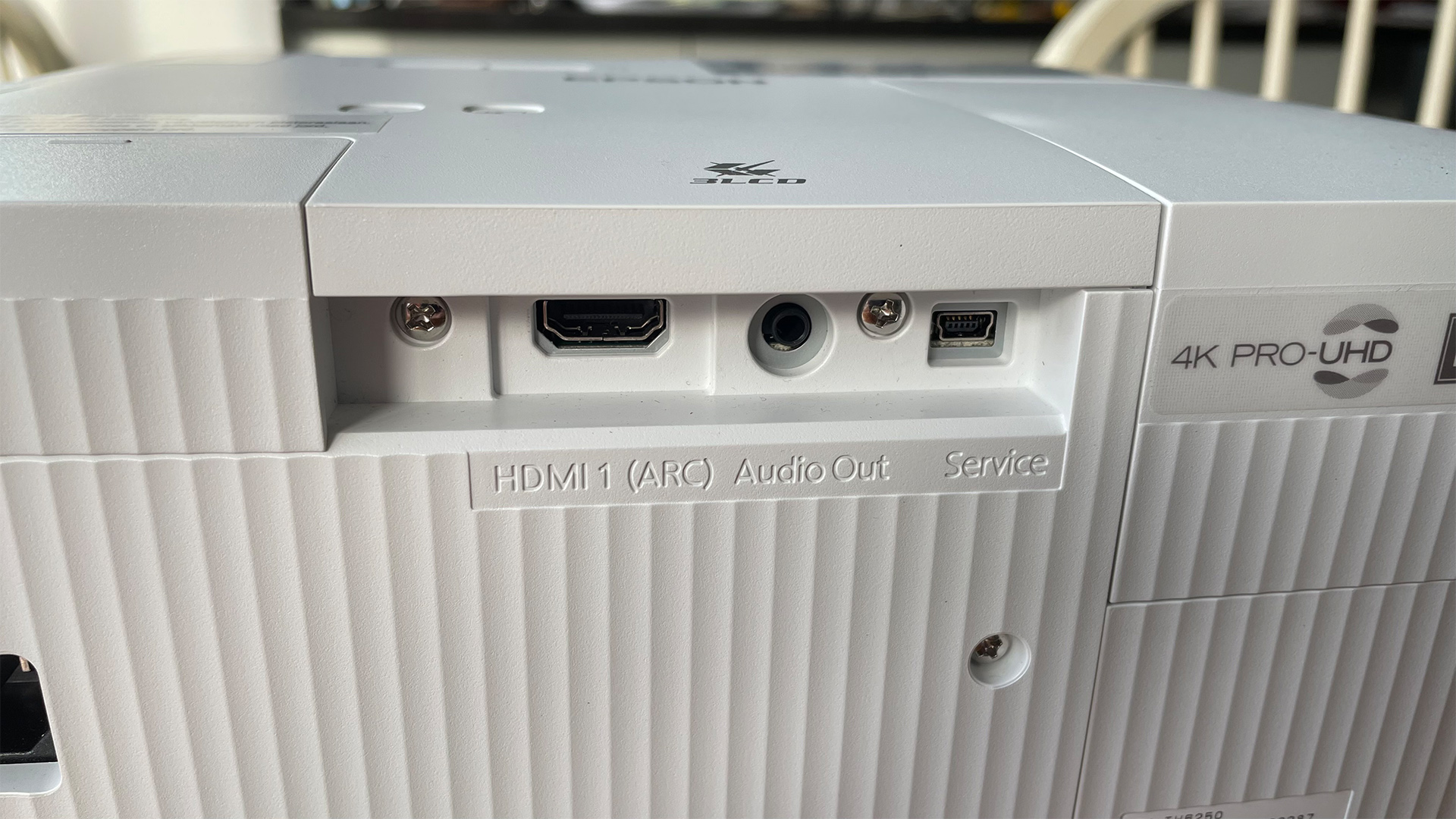
The Epson EH-TW6250 is a 3LCD projector, meaning it creates its pictures using three LCD panels: one each for the red, green and blue colour elements. Epson claims a maximum brightness output of 2800 lumens from the projector’s UHP lamp – a level of brightness that Epson would say should appear more consistently than it might with a similarly luminous DLP projector, due to the latter technology having to fire light through a brightness-reducing colour wheel.
The TW6250 is one of Epson’s ‘4K Pro-UHD’ projectors, capable of playing high dynamic range images in the HDR10 and HLG flavours (there’s no support for HDR10+ or Dolby Vision). As you would expect with a projector this price, though, it doesn’t feature a truly native 4K pixel count. Instead, pixel shift technology combines two layers of Full HD pixels, one shifted diagonally by half a pixel from the other, to create an image with a 4K (3840 x 2160) pixel count. While not ‘true’ 4K, experience shows this pixel-shifting approach can still deliver an impressive HD-beating effect, especially when it comes to the density and lack of visible pixel structure in the image.
The TW6250 claims to be capable of delivering images as big as 500 inches across. In truth, though, we’d say that figure is pretty optimistic for a 2800 lumens projector, and 150 to 200 inches is probably a more realistic estimate of how big its pictures can go.

Projection technology 3LCD
Dimensions (hwd) 13 x 33 x 28cm
Native resolution 3840 x 2160 via pixel shifting
Screen size Up to 500 inches
Input lag 20ms
Epson claims a contrast ratio of 35,000:1 for the TW6250, based on its use of a dynamic iris that can adjust the light emerging from the lens to suit the demands of the picture at any given moment. This could be a particularly key feature with a projector as bright and home entertainment-focused as the TW6250.
Projectors such as the TW6250 can be great fun for gaming – but Epson’s new projector doesn’t go a bundle on gaming features. There’s no support over HDMI for 4K/120Hz feeds or VRR for starters, and we couldn’t get our Xbox Series X to even recognise the projector as capable of displaying HDR. Input lag, at least, is respectable at just under 20ms, but that’s about as game-focused as the TW6250 gets.
The TW6250’s HDMI connections aren’t just limited in bandwidth, either; they’re also limited in number. There’s one under a removable flap at the back of the top edge and another on the rear side – but the one under the flap is taken up by the TW6250’s Android TV dongle, leaving you with just one HDMI for all your other potential sources. You might, as a result, be better off with Epson’s TW6150 if you don’t really care about having Android TV built into your projector.
Adding further fuel to this argument is the fact that as with so many projector smart systems, the Android TV implementation in the TW6250 is a bit half-baked. While there are apps for Netflix, Prime Video, Disney+, YouTube and Google Play, for instance, that appear to be nativised to the projector, it turns out that the extent of the nativisation is hit and miss. So, for instance, while Disney+, YouTube and Google Play all seem to ‘see’ the projector as 4K HDR capable, Netflix and Prime Video only seem to see the TW6250 as an HD display. The YouTube app also seems to have real trouble handling the amounts of data required to keep 4K videos running smoothly.
The TW6250’s Android TV smart menus also don’t carry the Apple TV app, BBC iPlayer, Channel 4’s All4 catch-up service, or Freeview Play. And although ITVX appears as an available app, when we tried to boot it up we got an unsupported device error message.
The TW6250 is at least impressively easy to set up. A 1.6x manual zoom gives you plenty of flexibility over where you place the projector in your room (though there’s certainly nothing short-throw about this model), and a simple wheel adjustment provides a reasonable amount of optical vertical image shift.
Four screw-down legs let you change the angle of projection if required, while a handy keystone slider control on the projector’s top edge lets you quickly and easily tweak the image’s geometry.
Heading into the TW6250’s picture menus, the main features of note are Standard, High and Low light outputs (unexpectedly the projector defaults to Standard rather than High with HDR content), multiple colour saturation modes, a Frame Interpolation option (not available with 24p sources), multiple settings for a ‘Scene Adaptive Gamma’ system that auto-adjusts the image’s gamma on a scene by scene basis, High Speed and Normal auto iris settings, regular and MPEG noise reduction systems, a fine-tuneable Detail Enhancement feature, RGBCMY colour management, and Fine/fast picture processing options. You should set this latter option to fast for the most responsive gaming experience.
As we now expect to find with living room projectors, the TW6250 carries a built-in sound system – though it’s only rated to 10W of total output.
Picture
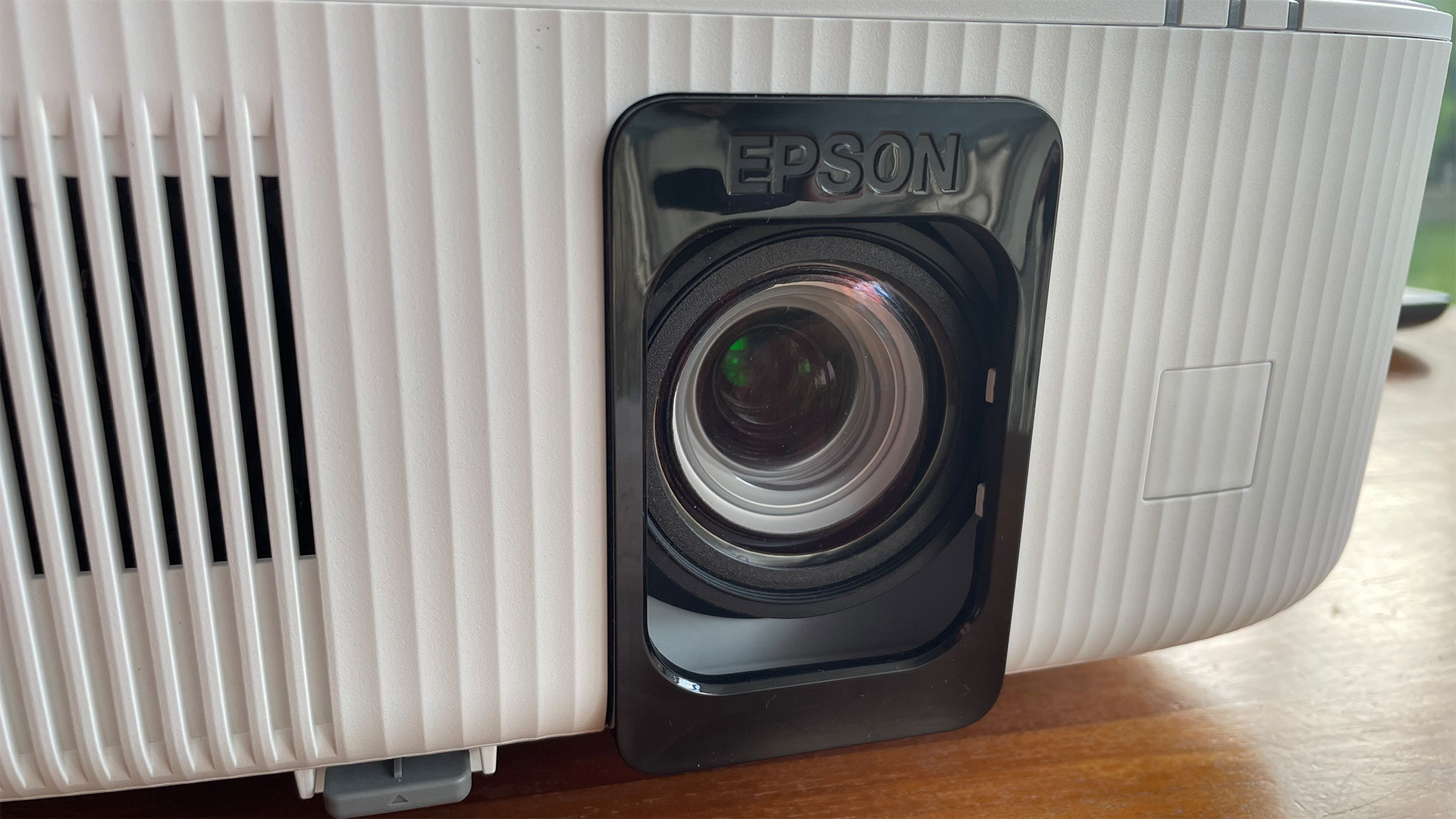
Given what a good time we’ve had with many Epson projectors in the past, the EH-TW6250 feels like quite a disappointment. There are two main reasons for this – together with a handful of other more minor ones.
The first big problem is that black levels are very average, especially with high dynamic range sources. Any dark scene appears with a significant grey wash over it that reduces its sense of depth, flattens its colours, hides shadow detail and just doesn’t leave the picture looking natural.
There isn’t really much in the projector’s settings to help you improve this issue, either. Setting the Auto Iris to fast marginally improves things, but only at the expense of some pretty distracting fluctuations in the image’s underlying brightness as the system responds to small changes in image content. Also, while the Scene Adaptive Gamma option affects colour and brightness, it makes very little difference to black levels.
This lack of any features that really move the black level dial strongly suggests that in trying to push for a particularly potent HDR performance for its money, the TW6250 has prioritised brightness so much that it hasn’t left any of the usual Epson black level ‘wiggle room’.
The TW6250’s other big problem is the projector’s tendency to throw up some weirdly overcooked colours. Especially, again, during dark scenes. Deep reds, in particular, can take on a really quite bizarrely oversaturated look, while skin tones during dark scenes can also sometimes make everyone look as if they’ve got first- or even second-degree burns.
Heavily saturated areas of the picture can start to look patchy and stripey too – sometimes in really bright picture areas as well as dark ones – as the projector seemingly struggles to resolve small colour tone variances with sufficient subtlety.
Bizarrely, these colour flaws are at their most consistently noticeable when using the TW6250’s Cinema preset, and at their least common when using the Vivid preset. An exact reversal of what we’d normally expect to see.
The colour issues are generally even more noticeable when streaming video from one of the Android TV apps, as is the appearance of quite a lot of noise at times, again in dark scenes, with HD streams.
Of course, Epson hasn’t suddenly completely forgotten how to do good projection. With predominantly bright HDR sources the TW6250’s pictures really can scrub up very nicely. Here the brightness the projector is pushing works for, rather than against, the picture, getting much closer to the feel of an HDR experience than many projectors at the same sort of price.
We’re not just talking about brightness when we say that, either. Since its 3LCD optics really do seem to ensure that every bit of that 2800 lumens is making it through to all parts of the picture, colours enjoy excellent vibrancy and ‘volume’. However that’s not the same as saying you get an actual wide colour gamut experience like you do with projectors that carry dedicated wide colour filters, such as the recently reviewed BenQ W4000i.
Ironically given the problems it can cause in dark scenes, the TW6250’s colour brightness actually helps tones in bright content often look impressively natural. Bright scenes also make it easier to appreciate the projector’s innate sharpness with 4K sources, as well as the smoothness and denseness of its pictures versus HD projectors. Plus they have a much more defined sense of depth of field and make it easier to see that the TW6250 is quite a natural handler of motion – even with 24 frames a second movies. And the 3LCD technology means there’s no interference from the colour striping ‘rainbow effect’ associated with rival DLP technology.
Bright scenes can still suffer with the occasional off-colour tone, especially in Cinema mode, but for the most part, if films only consisted of bright scenes, the TW6250 would be looking at a score of four rather than three. Given that pretty much no film or TV show is always bright, though, an ironic side effect of the TW6250’s good-looking bright scenes is that they kind of exaggerate the problems with dark scenes, making for a rather disjointed viewing experience that’s hard to become immersed in.
One final niggle about the TW6250 is that it’s a fairly noisy runner in HDR mode, as the fans work hard to keep the projector cool enough that it can power down almost instantly if required. The amount of extra noise you get when you switch the light output to High is particularly startling – especially considering that the amount of extra brightness this setting gives you isn’t in truth all that much. Suddenly it’s easy to understand why Epson has opted to use the Standard lamp mode by default even for HDR sources.
The Auto Iris can sometimes be heard scrunching away during scenes with lots of changing light levels, too, especially with the iris response set to Fast.
The TW6250 is in some ways more comfortable as an SDR projector. It’s quieter in SDR mode, its colours look more consistently natural, and its black levels look slightly better. But ultimately the core black level issues created by the HDR-focused optical system mean there are still more cinematic-looking SDR projectors out there for less money.
Sound
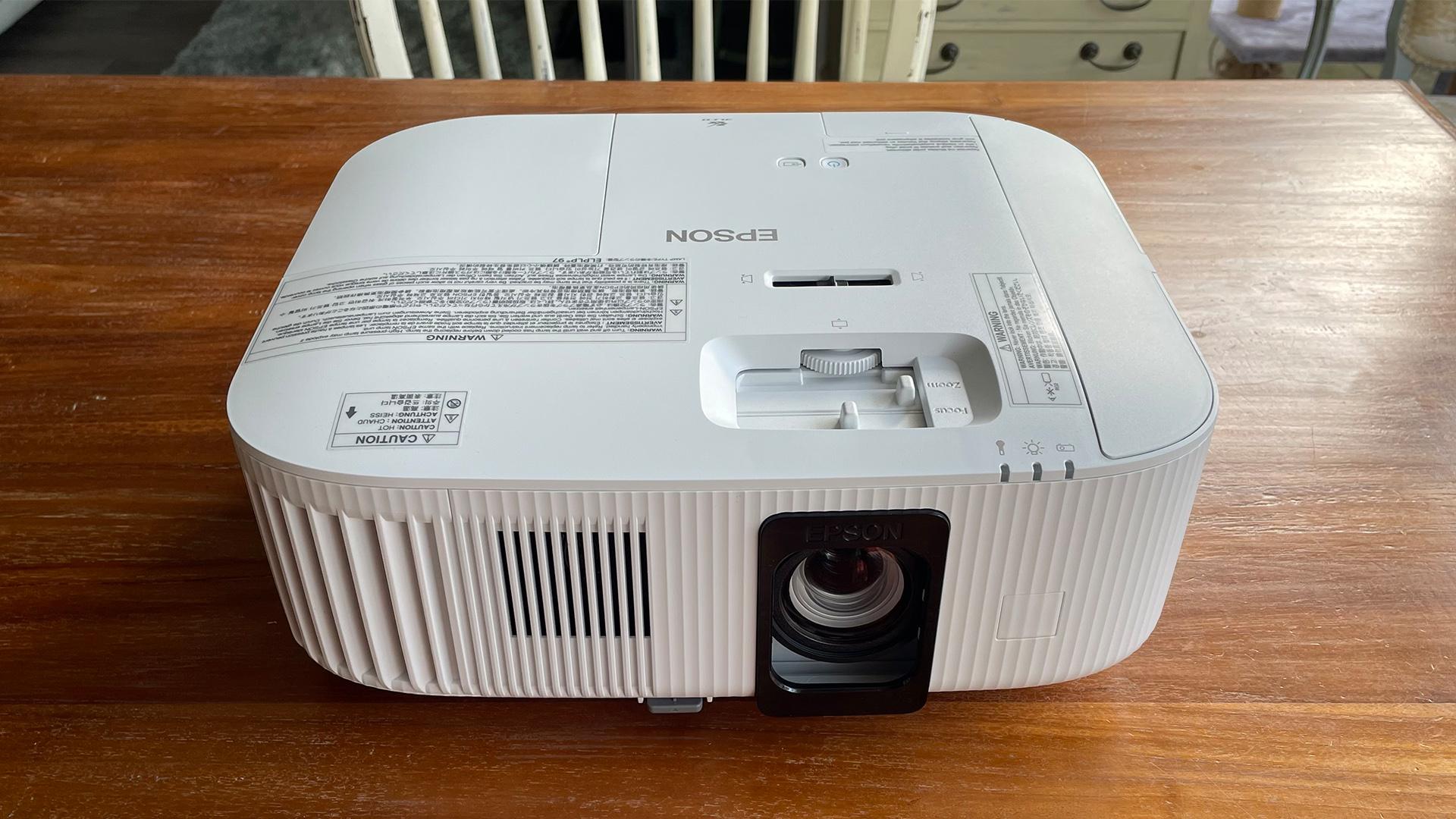
Despite offering an optimistic 40 steps of volume adjustment, the TW6250 can’t get loud enough to deliver really satisfying sound support for its king-sized pictures. What sound there is has a thin, tinny quality to it too, with really no bass to add any heft to proceedings.
It’s not all bad, though. Vocals are reasonably clean and well rounded, and enjoy a slight sense of forward projection that helps them sound as if they’re coming from somewhere in the vicinity of the onscreen action. There’s no distortion from the speakers either, meaning that while we would ideally have liked more volume and bass, at least Epson hasn’t tried to push the speakers beyond their limits.
Verdict
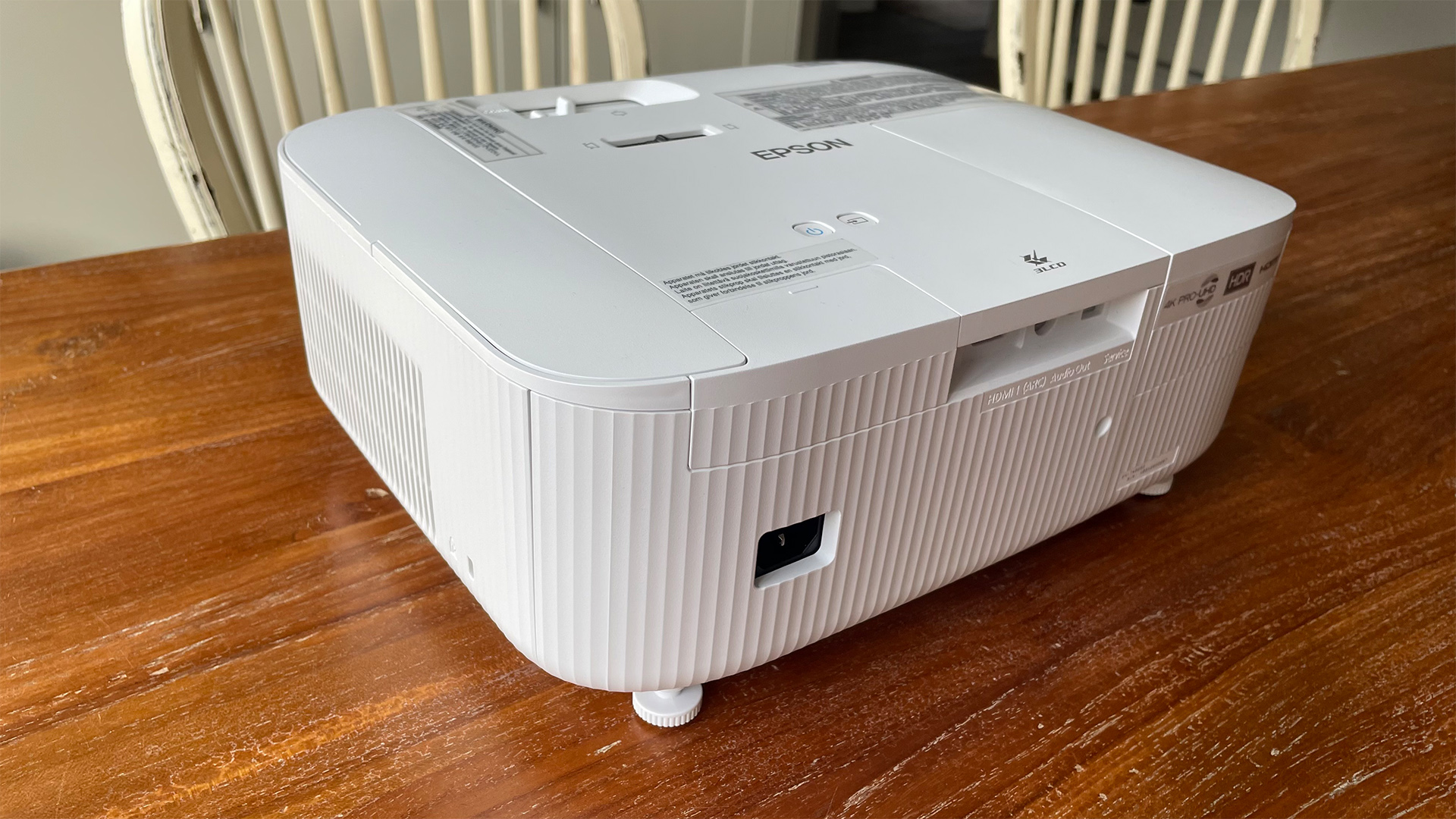
Trying to deliver a convincing 4K HDR performance at a (relatively) knock-down price with the TW6250 has proved a bridge too far for Epson’s usually reliable 3LCD projection technology. Some of the familiar magic is there: bright scenes enjoy more consistent colour volumes and intensity than most projectors at the same sort of price point; native 4K sources look dense and crisp; motion is handled cleanly at multiple frame rates; and, as ever with LCD projection, there’s no sign of the ‘rainbow effect’ colour striping issue that can be a problem for rival DLP technology.
Unfortunately, though, trying to deliver the sort of brightness HDR needs without enough companion light controls can leave dark HDR scenes looking really quite jarring.
SCORES
- Picture 3
- Sound 3
- Features 3
MORE:
Read our review of the Epson EH-TW7100
Also consider the BenQ W1800
Read our Xgimi Horizon Pro
Best projectors: Full HD, 4K, portable and short-throw
What Hi-Fi?, founded in 1976, is the world's leading independent guide to buying and owning hi-fi and home entertainment products. Our comprehensive tests help you buy the very best for your money, with our advice sections giving you step-by-step information on how to get even more from your music and movies. Everything is tested by our dedicated team of in-house reviewers in our custom-built test rooms in London, Reading and Bath. Our coveted five-star rating and Awards are recognised all over the world as the ultimate seal of approval, so you can buy with absolute confidence.

